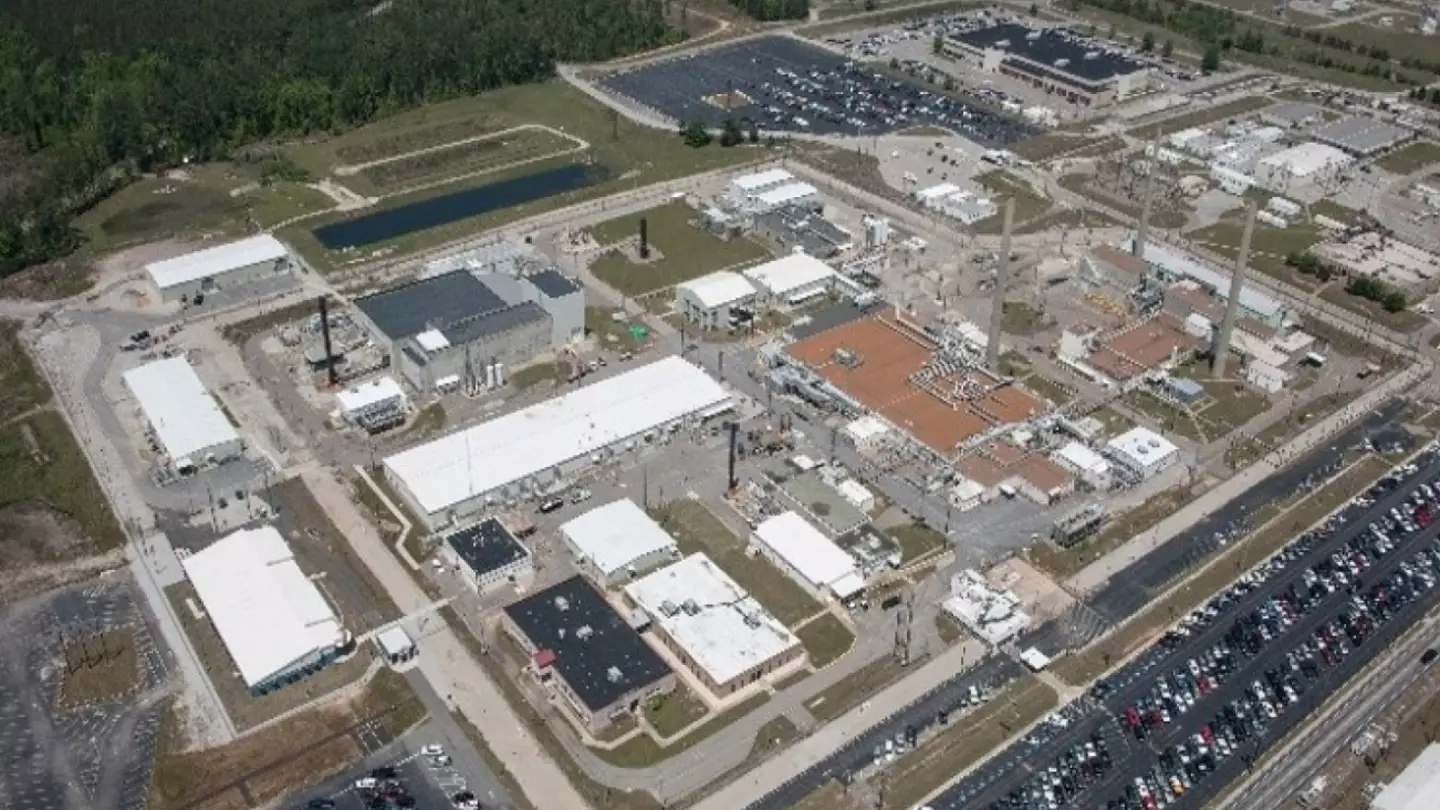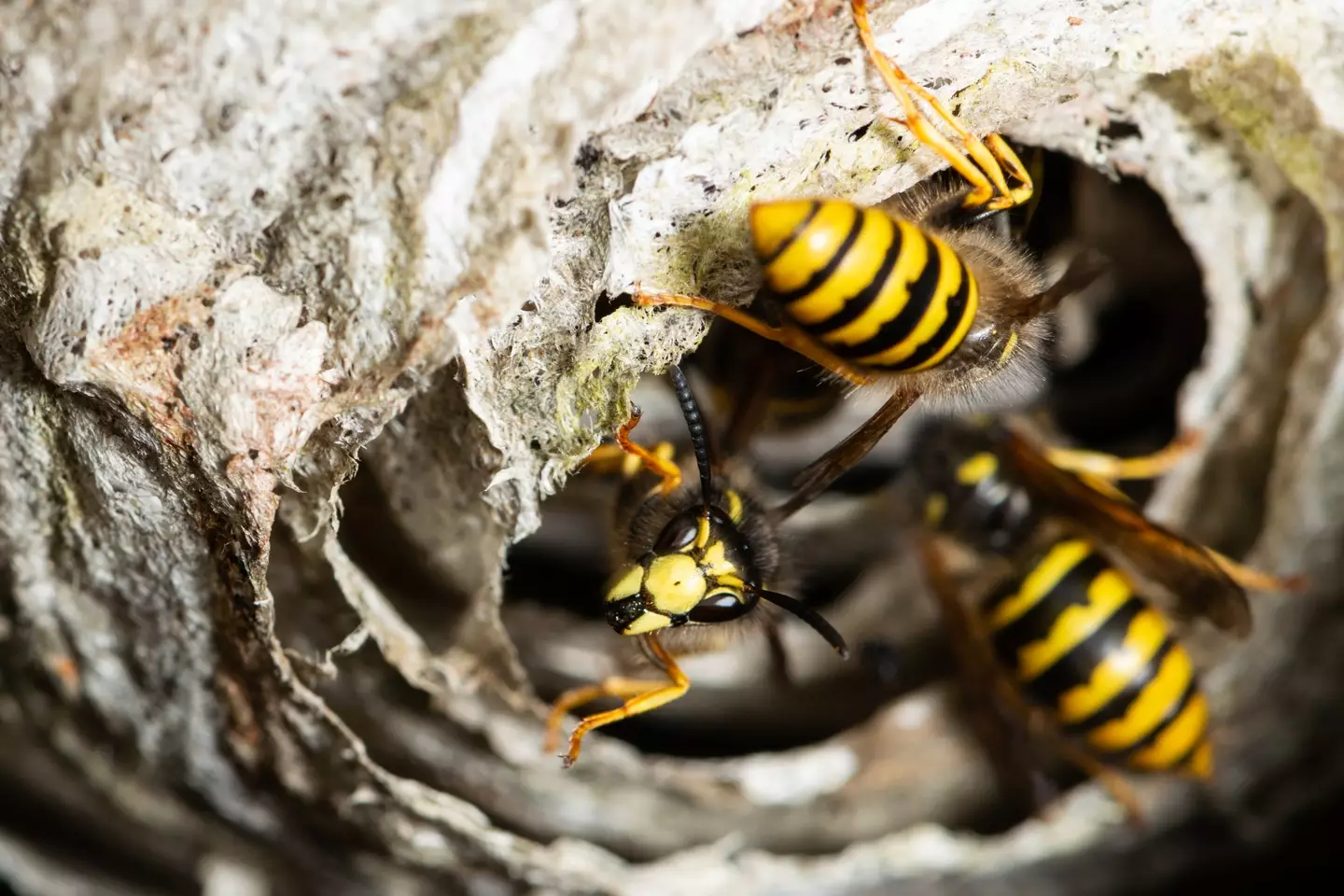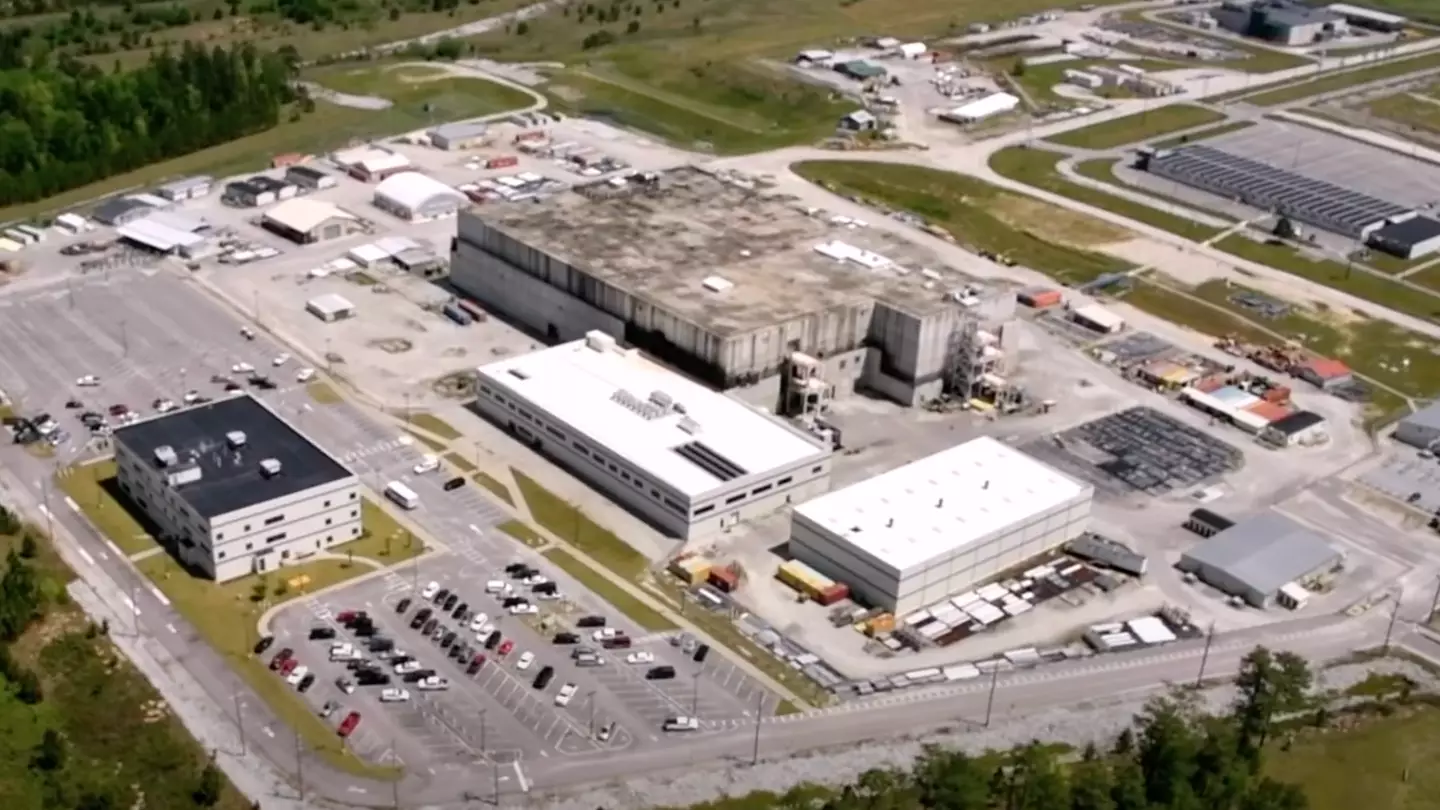At a former US nuclear bomb facility, workers encountered a worrisome find, causing concern for one biologist.
According to a recent report by the US Department of Energy (DOE), this unusual discovery occurred earlier this month at the Savannah River Site (SRS), located near Aiken, South Carolina.
During the Cold War, the SRS produced plutonium and tritium for nuclear bombs. Today, the site is primarily used for environmental cleanup and as a storage location for remaining radioactive waste.
The site contains numerous large underground tanks that hold millions of gallons of liquid nuclear waste. As of now, 43 tanks are active, while eight have been decommissioned, according to the BBC.
During routine safety inspections at the site, workers encountered an alarming sight on a post near these large underground tanks.

On July 3, a wasp nest was found with radiation levels ten times above the regulated limit. Additionally, three more contaminated nests were discovered during ‘routine work activities’. Fortunately, no wasps were present at the site.
The DOE clarified that the contamination was not due to a nuclear waste leak, stating: “The ground and surrounding area did not have any contamination.”
The first nest was ‘sprayed to kill wasps, then bagged as radiological waste’, according to Edwin Deshong, manager of the department’s Savannah River Operations Office. He told The New York Times: “The US Department of Energy is managing the discovery of four wasp nests with very low levels of radioactive contamination.
“The nests do not pose a health risk to SRS workers, the community, or the environment.”
The DOE suspects the nest’s contamination likely resulted from ‘onsite legacy radioactive contamination’ due to the site’s history in nuclear weapon production.
However, Dr. Timothy Mousseau, a biologist at the University of South Carolina, has raised concerns about the potential risk posed by the contaminated nests.

“This is an indicator that there are contaminants spread across this area that have not been completely encased and protected,” he told The New York Times. “The main concern relates to whether or not there are large areas of significant contamination that have escaped surveillance in the past.”
While he acknowledged that the wasps posed minimal risk to the public, Dr. Mousseau suggested that this finding might signify ‘there is some new or old radioactive contamination that is coming to the surface that was unexpected’, and considered it a ‘red flag’ necessitating further investigation and monitoring.
Dr. Mousseau stated: “We would like to know a lot more about what this actually represents, and just how common it is and whether there is any evidence of these radionuclides being moved through the ecosystem.”
A spokesperson for Savannah River Mission Completion (SRMC), leading the site’s cleanup, explained to The Daily Mail: “Wasp flight patterns keep them within about 200 yards of their nest typically, with a rare exception of half a mile from their nests.
“Also, the typical lifespan of these wasps is less than one month. The nests became contaminated by wasps that brought light contamination to the nests because of intrusion into areas with legacy contamination.”

